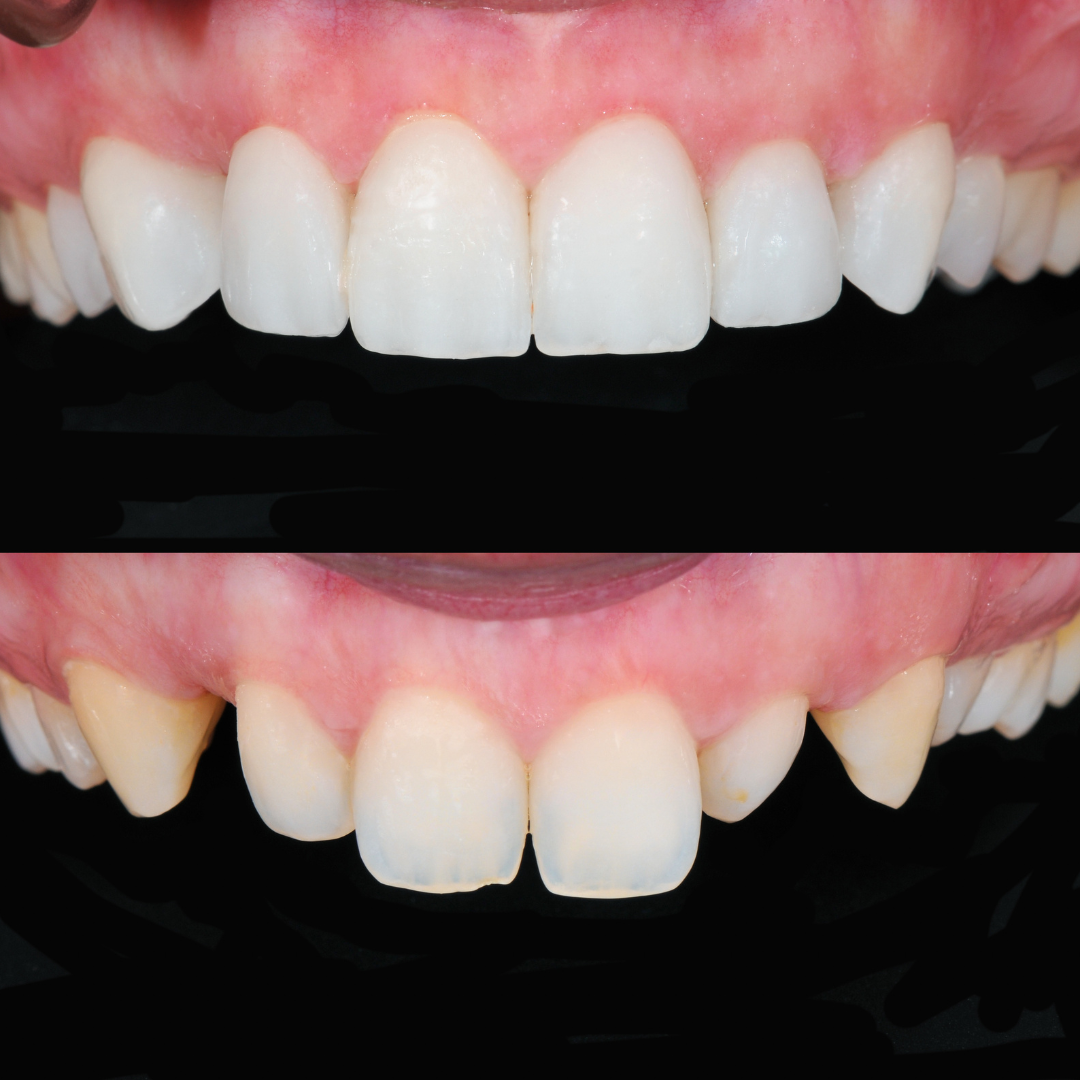+919790726189

This is your website preview.
Currently it only shows your basic business info. Start adding relevant business details such as description, images and products or services to gain your customers attention by using Boost 360 android app / iOS App / web portal.
MANAGEMENT OF SPACING BETWEEN FRONT TEETH AT WE...

MANAGEMENT OF SPACING BETWEEN FRONT TEETH AT WEST MAMBALAM ASHOK NAGAR CHENNAI Midline Diastema and Its Management: A Comprehensive Overview A midline diastema refers to a space or gap between the maxillary central incisors. It is a common dental condition that can affect both children and adults. While some individuals may view a diastema as a unique aesthetic trait, others may seek treatment due to cosmetic concerns or functional issues. Causes of Midline Diastema Midline diastema can arise from various factors, and accurate diagnosis is essential to determine the appropriate treatment. Common causes include: Physiologic Development: In children, a diastema is often a normal part of dental development. As the permanent canines erupt, the gap typically closes on its own. Frenum Attachment: An abnormally thick or low-inserting labial frenum can contribute to the persistence of a diastema. Tooth Size Discrepancies: If the teeth are too small relative to the jaw size, spacing can occur. Missing Teeth: Congenitally missing lateral incisors can lead to spacing, including a midline diastema. Parafunctional Habits: Habits like thumb sucking or tongue thrusting can cause or exacerbate a diastema. Periodontal Disease: Bone loss and gum recession may lead to tooth migration and spacing. Diagnosis A thorough clinical and radiographic evaluation is necessary to identify the underlying cause of the diastema. Diagnosis may involve: Clinical examination of the frenum Radiographs to assess tooth development and bone levels Study models or digital scans for occlusal analysis Evaluation of habits or muscular imbalances Management Options The treatment of midline diastema depends on its etiology, size, and patient’s age and preference. Various options include: Observation: In young children, if the diastema is developmental and temporary, monitoring without intervention may be sufficient. Orthodontic Treatment: Braces or clear aligners can be used to close the gap and align the teeth properly. This is especially effective when the spacing is due to arch size or tooth alignment issues. Frenectomy: If a high labial frenum is impeding tooth movement or causing relapse after orthodontic treatment, surgical removal may be indicated. Restorative Treatment: Composite bonding or veneers may be used to cosmetically close the gap, especially in cases of small teeth or when orthodontics is not preferred. Prosthetic Solutions: In cases of missing lateral incisors, options like dental implants, bridges, or partial dentures may be necessary. Myofunctional Therapy: For diastemas caused by tongue thrust or oral habits, therapy can correct the muscle function and prevent relapse. Conclusion Midline diastema is a multifactorial condition that often requires a multidisciplinary approach for effective management. Whether for functional or aesthetic reasons, modern dentistry offers a variety of solutions tailored to individual needs. Early diagnosis and appropriate intervention can lead to optimal outcomes and enhanced patient satisfaction. Dental Clinics in West Mambalam Dentists in West Mambalam Dentists in Ashok Nagar Best dentist near me Best Dental Clinics in West Mambalam veneer specialist at West Mmabalam Rootcanal treatment at West Mambalam Top rated dentist in West Mambalam

